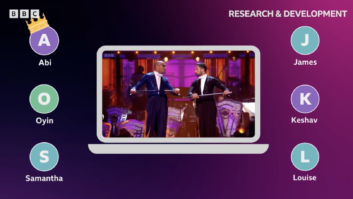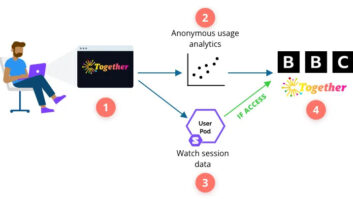
The BBC is producing a one hour animated stereo 3D documentary to air on BBC One HD next year in what is believed to be the broadcaster’s first such commission. A special 60-minute version of Planet Dinosaur, currently in production as a 6×30 minute 2D CGI animated series, is being readied at visual effects house Jellyfish Pictures. Planet Dinosaur is the most ambitious CGI heavy series that the BBC has embarked on since Walking with Dinosaurs a decade ago. Work started on the project at Jellyfish Pictures in April 2010 and is nearing completion with TX set for autumn on BBC1. The project features 50 CGI dinosaurs and 2500 CGI shots and is all being completed at Jellyfish by a 100-strong team of storyboard artists, pre-viz artists, modellers, digital sculptures, texture artists, concept artists, matte painters, riggers, animators, lighters and compositors. “The 2D series is using a feature film style pipeline although the turnaround time is much quicker and the budget far smaller than for a feature, nonetheless the ambition is high,” said Phil Dobree, Jellyfish Pictures’ managing director. “We have a very mobile camera, lots of handheld shots and interaction between dinosaurs and between dinosaurs and their environment. The asset and lighting team have developed a whole eco system to generate complex CGI environments with intricate terrains, vegetation and rocks.” Before last Christmas the BBC commissioned an hour long version of the series to be created in stereo 3D. “The stereo 3D has been almost like a separate commission,” explained Dobree. “We are using assets and ideas from the 2D, and although it was paramount that we didn’t compromise the 2D we are adjusting the 2D to fit in some 3D elements.” These include enriching the environments with more ‘props’ such as logs to give scenes more depth. The 3D version will also include slower camera moves and less handheld movement.“We’ve gone back to the pre-viz stage and added in a second ‘camera’ for L eye, R eye which doubles the number of renders,” Dobree added. Animation and pre-viz is conducted in Softimage XSI with modeling in XSI and Zbrush. Nuke is used for compositing, Photoshop for matte painting and Arnold as the renderer. www.jellyfishpictures.co.uk






